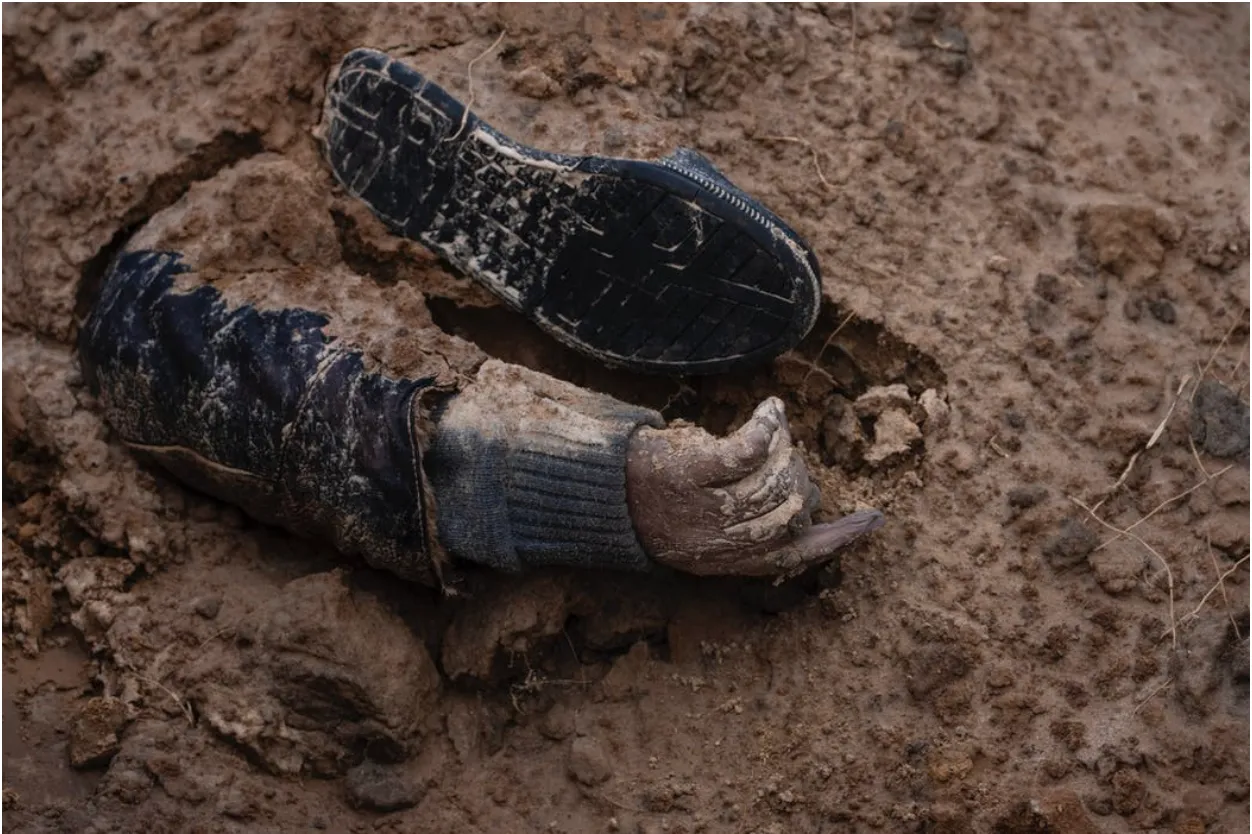Table of Contents
In 1938, U.K. Prime Minister Neville Chamberlain negotiated with Hitler to sign the Munich Agreement. Hitler could occupy Sudetenland — a part of Czechoslovakia with an ethnic German majority — in return for a promise to cease further expansion. Chamberlain and his allies hoped that a compromise would put an end to Hitler’s conquests.
Of course, they were wrong.
Needless to say, we must be careful when drawing comparisons with 1930s Germany — all authoritarian regimes need not follow its exact path (President Zelensky himself has erred in this regard). Yet, there are striking similarities between Hitler’s behavior then and Putin’s aggression today. As we deliberate on the best course of action by the U.S. and NATO in response to Putin’s war in Ukraine, we must resist the urge to appease a dictator whose true ambitions are to threaten democracy in the West.
Our goal shouldn’t be alarmism, but realism. In the short-term, a sober assessment of Putin’s goals indicates that NATO should immediately establish a No-Fly Zone (NFZ) starting with southwestern Ukraine (the territory bordered by NATO countries) to stop the daily assault of Russian bombs on Ukrainian civilians and to prevent the progress of Russian troops farther into the country. The NFZ should continue to expand eastward until Ukraine is cleared of its Russian invaders. It is absolutely critical to do this now because Russia is currently executing a mass-scale military attack on Donbas. In this battle, Russia has an enormous airborne advantage.
An earlier piece in the Review argued against a NFZ, saying that it could lead to an unacceptable risk: war between the world’s largest nuclear powers. Russia has the greatest stockpile of nuclear warheads among all countries in the world, and Putin has said that any country assisting in the implementation of a NFZ will be considered a “participant” in the conflict and will face “consequences never seen.” Provoking him further is a dangerous game, the argument goes.
But the game is dangerous however we choose to play it, and any option carries a risk of escalating the conflict. Putin could decide to see any act — including transporting weapons into Ukraine — as an aggression worthy of retaliation. Indeed, he is now threatening to retaliate against Western countries for the aid they are providing Ukraine. If the West walks on eggshells, it puts all the power in Putin’s hands.
There are a variety of moral justifications for the U.S. to establish a NFZ. Critics defend a policy of non-interventionism and argue that we have enough problems of our own to solve those of others, but this argument does not consider the context of Russia’s assault on Ukraine. America and the West are quite significantly implicated in this war; in 1994, Ukraine gave up its nuclear arsenal in exchange for promised protection by the international community. For years, NATO refused to accept Ukraine as a member state but kept the door open; it is speculated that this was largely due to fears of retaliation by Russia. Given this history and recent Russian escalation (in part, fueled by these concessions), the very least the West could do is follow through on their promise made years ago to Ukraine. As atrocities in cities like Mariupol, Chernihiv, and Bucha continue, it is imperative to end the ruthless murdering as soon as possible.
The earlier Review piece and other NFZ critics such as Ilhan Omar correctly point out that there are genuine concerns about the threat of a nuclear war that could, if unleashed, put humanity on the brink of extinction. How far, though, are we willing to cave to Russia’s demands because of supposed threats of nuclear war? The same logic was applied in the late 1930s with disastrous consequences for Europe.
Most importantly, fears that a nuclear war will start due to the U.S. intervening to defend Ukraine’s sovereignty are unfounded. The only time nuclear bombs were intentionally deployed for destructive purposes was when they were first created in 1945. They weren’t even used in 1979 when the US received a report that the Soviets had launched an attack, or in 1983 when the reverse happened to the USSR. Knowing the extreme destructiveness of nuclear bombs, even the most brutal autocrat would know better than to start a war that has no chance of ending well. In addition, it is not Putin’s sole decision to push that button. Insane as he is, Putin does not have total power to do whatever he wants and there are several tiers of officials and military to go through in order to actually launch the rockets. No one other than Putin himself is sociopathic enough to possibly start a nuclear war, and all of the oligarchs and cabinet surrounding Putin have children and/or property in Europe. They are certainly not interested in getting themselves entangled in the fallout of a nuclear war.
Putin is already actively threatening Ukraine and the West with chemical and nuclear weapons. You don’t make deals with terrorists. And how is providing human support for the defense of a country any more of an act of war than sending weapons? Yesterday, May 9th, was Russia’s Victory Day, a day on which Putin was expected to mobilize Russia into an explicit state of war. He didn’t, but he still can. The U.S. needs to stop believing Putin’s bluffs and do what’s right. We already failed Ukraine twice by destroying its nuclear arsenal and blocking it from NATO. Let’s not fail them again. Implement a No-Fly Zone.





